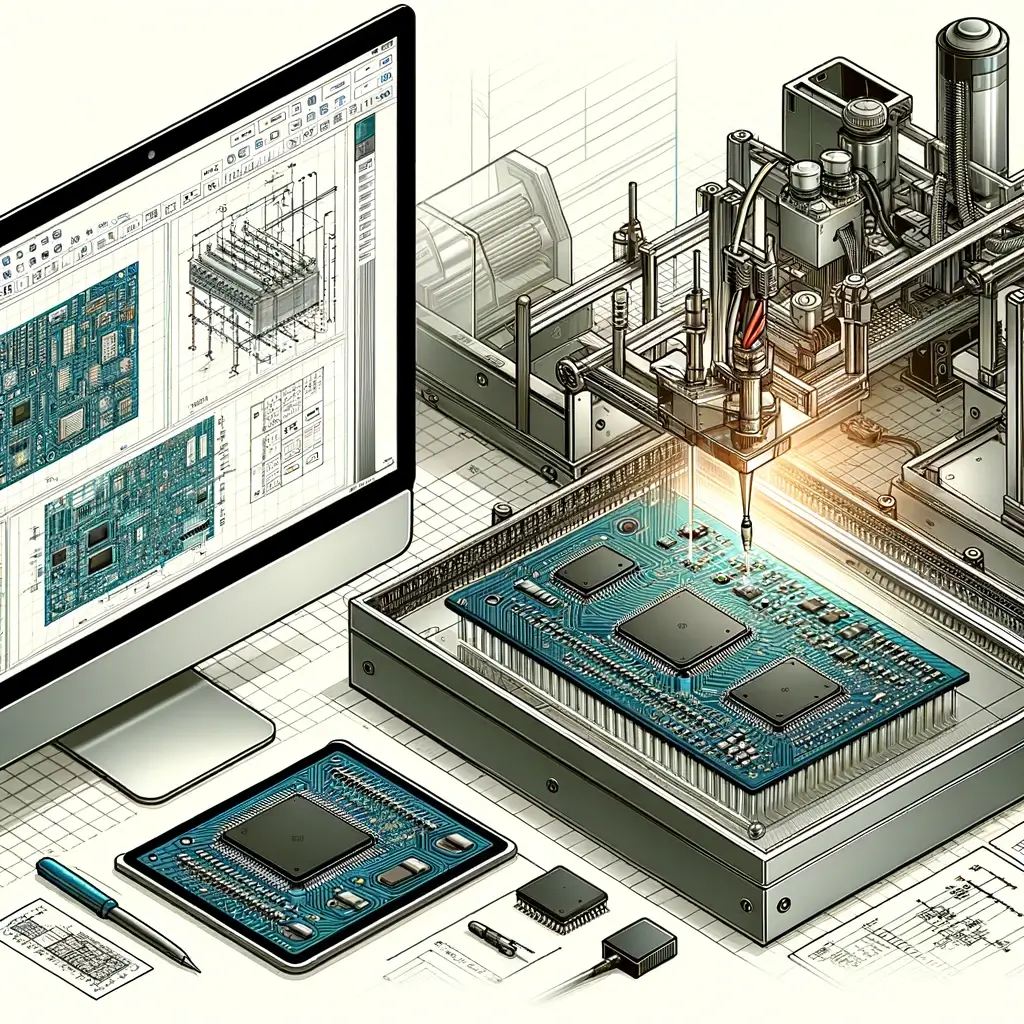Why are Rigid Flex PCBs ( Flexible-rigid PCB ) Economical?
There are several great advantages of using rigid-flex PCBs, not just from a technical standpoint, but also from a cost-saving point of view.
Ability to Merge Designs
With rigid-flex printed circuit boards, you are able to merge multiple PCBs into one design as only one design is needed for a rigid-flex. Usually, with rigid PCBs, multiple designs and cable assemblies are required for the production. As such, rigid-flex circuit boards can be more expensive to manufacture as they may require multiple designs and cable assemblies to facilitate the production.
Reduced Space Requirements
As rigid-flex PCBs utilise thin and flexible polyimide films, it means that the overall size of the PCB is able to take up a much smaller area of space. This effectively allows you to shrink and reduce the overall packaging size needed for the final assembled product. Ultimately, this reduces the overall requirements for materials, allowing you to save on potential costs.
Fewer Parts Needed
When you use rigid-flex PCBs, you may also see reduced assembly costs due to the requirements of fewer parts. The number of connectors, cables, and overall parts that are needed for a flex circuit, can be reduced to make this a very cost-effective alternative for mass manufacturing. Overall, there are also knock-on advantages when you utilise fewer parts in the production, such as ordering fewer parts means that there is less risk in the supply chain.
Simplifies PCB Assembly
Using Rigid-flex PCBs means that you can benefit from a much more simplified PCB assembly process when compared to other types of printed circuit boards. This is because you are able to merge multiple circuit boards into one design and as such, you only need to run one assembly, rather than two or three. Having a simplified circuit board assembly process means that there is less room for error, especially for rigid-flex PCBs as they can only be installed in one way. With fewer errors cropping up, you can effectively save money on resolving potential problems down the line.
Reduces the Testing Costs
Using a rigid-flex solution for your next project also helps you save on testing costs. This type of printed circuit board only requires one test operation, rather than multiple operations. In addition to this, it can also provide the ability to test the full assembly before the installation process.



